Description
Mercedes-Benz W123 Hardcover book (fragment of the text)
It is impossible to imagine the history of the automotive industry without the Mercedes-Benz W123. And all the more curious is the fact that it could have been a completely different car with a completely different fate.
The turning point in the W123’s “biography”, paradoxically, was the infamous Munich Olympics in 1972, which became the first link in a chain of events that significantly influenced the course of history for many countries.
As we know, 10 days after the start of the games, on August 5, 1972, Palestinian militants broke into the Olympic Village, killing two members of the Israeli team and taking nine others hostage. The operation to free the athletes and seize the terrorists ended in disaster: all the hostages, a helicopter pilot, and one police officer were killed during a shootout with the terrorists.
This tragedy led to a sharp exacerbation of the situation in the Middle East. And on October 6 of the following year, 1973, an attempt at take revenge on Arab countries for the 1967 Six Day War began with an attack by Egyptian tanks deep in the Sinai Peninsula and the simultaneous capture of the Golan Heights by Syrian troops.
This armed conflict, the bloodiest in the Middle East in the 20th century, went down in history as the Yom Kippur War and ended with the loss of the Arab coalition.
In this war, the United States supported the Israeli position, and the USSR supported the Arab countries. In protest, Arab state oil suppliers sharply reduced the sale of “black gold” on the world market and inflated the price of a barrel by three and a half times, which immediately hit Western Europe and the United States, where business and public life literally froze for some time.
The big jump in gasoline prices sent Western society into shock, from which it soon emerged, seeing this turn of events as a signal to switch to alternative energy sources and to reduce oil consumption. Automakers began to abandon large models and started mass production of small cars (the production of which, by the way, was already well developed in Japan by that time).
Mercedes designers found themselves in a difficult position: after all, until 1973, they had been developing a car designed for completely different gasoline prices and a different economic situation, intending to offer the consumer an expensive car with a powerful engine (for example, the coupe model was equipped with an 8-cylinder engine).
As a result, Mercedes decided to abandon many innovations and “ravenous powerful engines” and shift focus to increasing safety. At the same time, the new car had to combine all the positive qualities of its predecessor, the W114/115 and the the W114/115 and the future (1979-1991) luxury model W116.
To develop designs for auto safety and increased comfort, the great Béla Barényi (1907-1997) was recalled from retirement – creator of advanced developments, owner of 2,000 patents, and the person who actually created the car safety systems that are now taken for granted.
He was the one who, in 1952, proposed the idea of dividing the car into three zones, placing the “crumble zones” in the front and rear with a “safety zone” in between, based on a rigid sealed capsule, where structural elements from the “crumble zone” should not wind up in a collision. For these and other developments, Barényi was inducted into the Automotive Hall of Fame and named Car Engineer of the Century.
The director of the company’s styling center, Friedrich Geiger, was replaced by the head of the design department, Bruno Sacco, who was also a member of international and European Automotive Hall of Fame and held the title Car Designer of the Century.
Read the continuation of Mercedes-Benz W123 story in the book.
Other books about history of Mercedes:

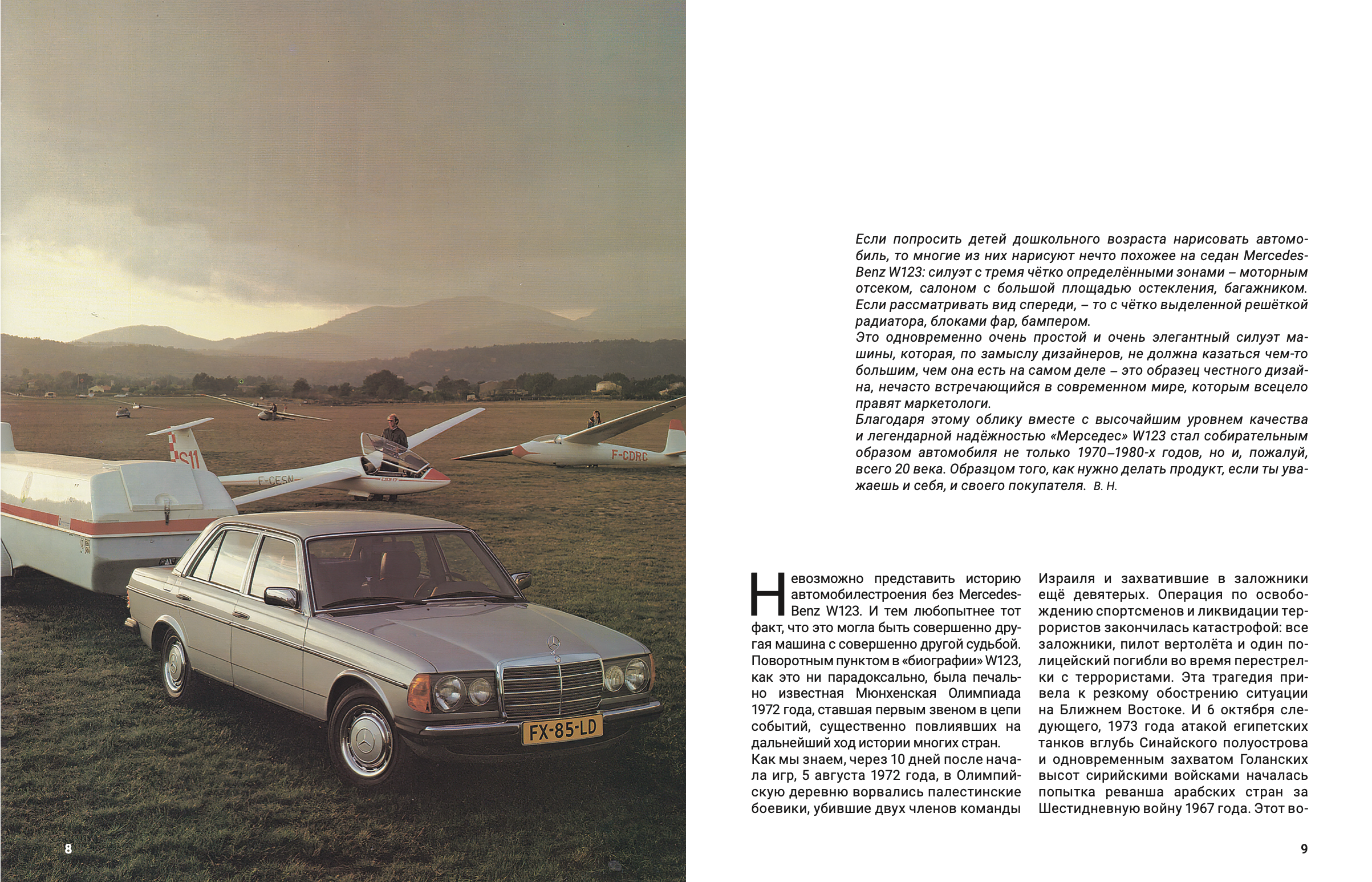

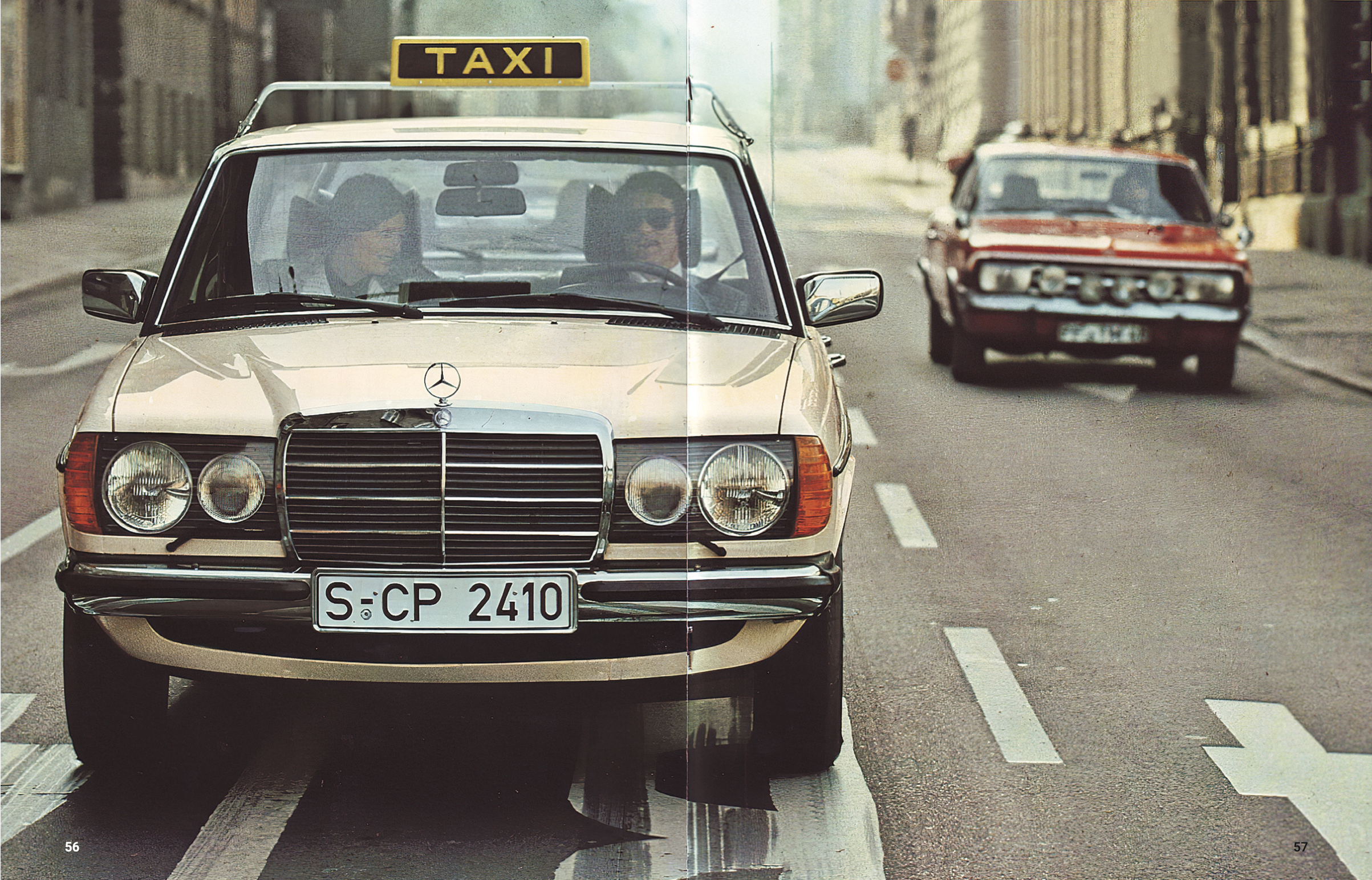
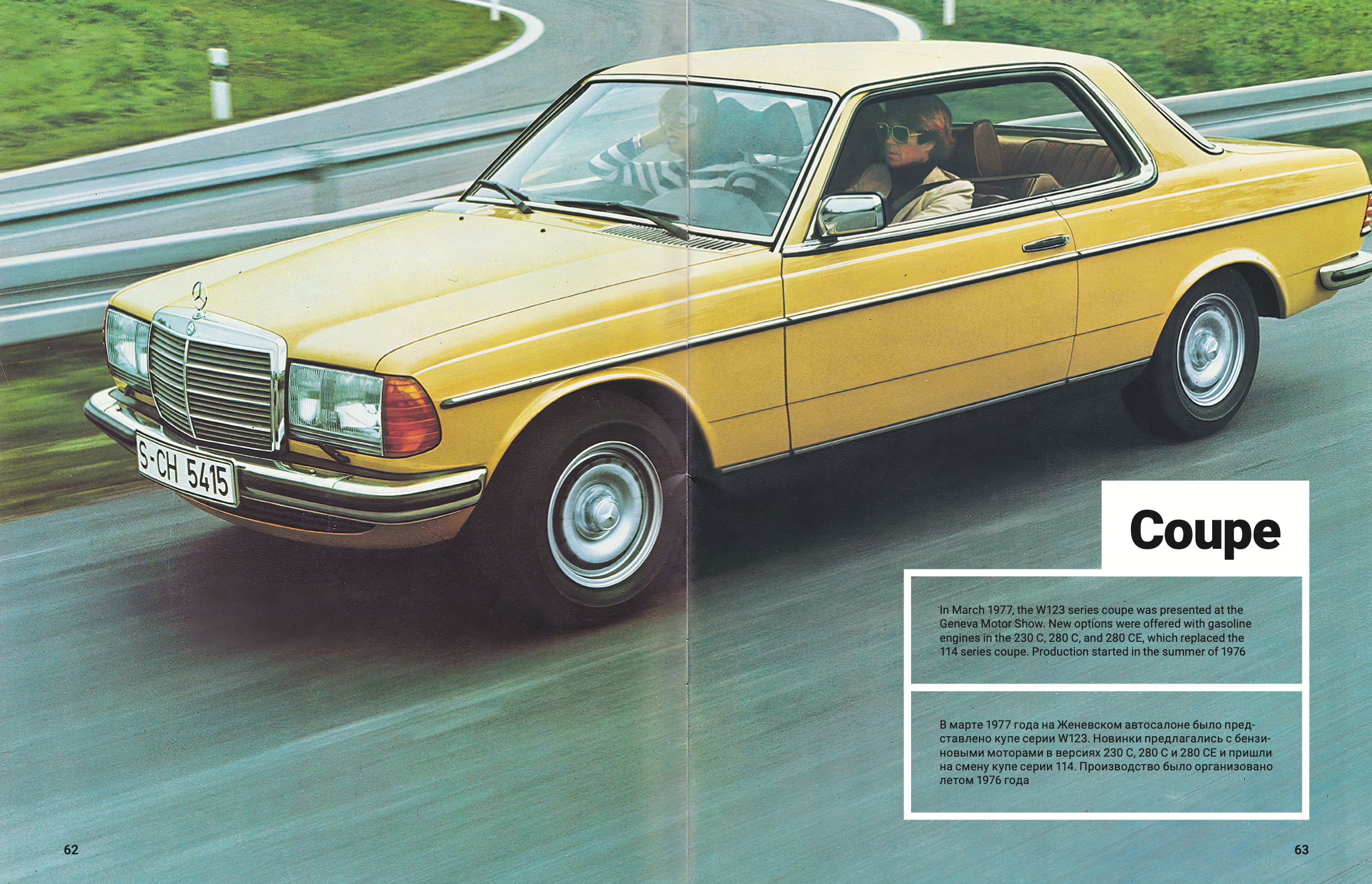
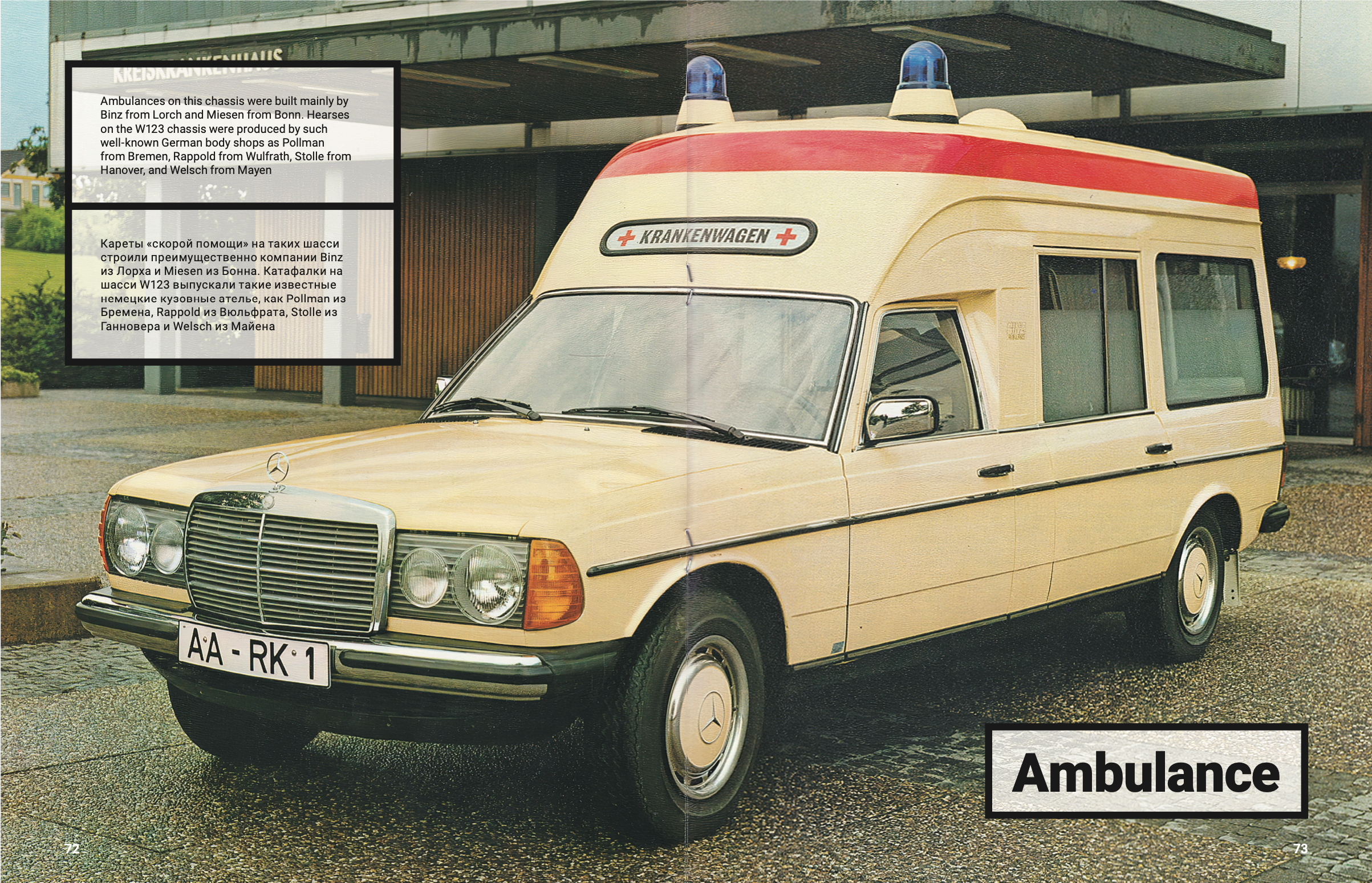
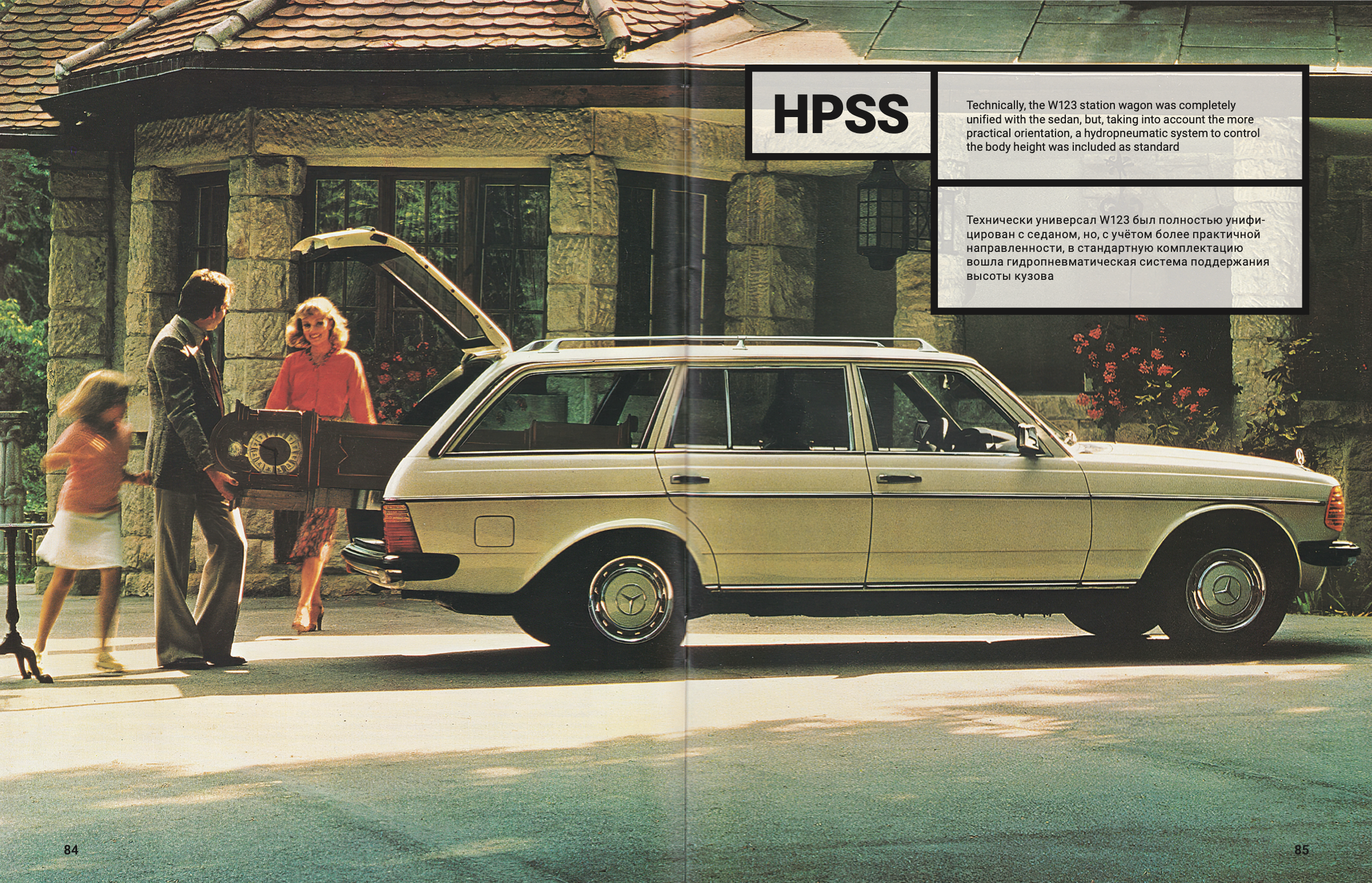


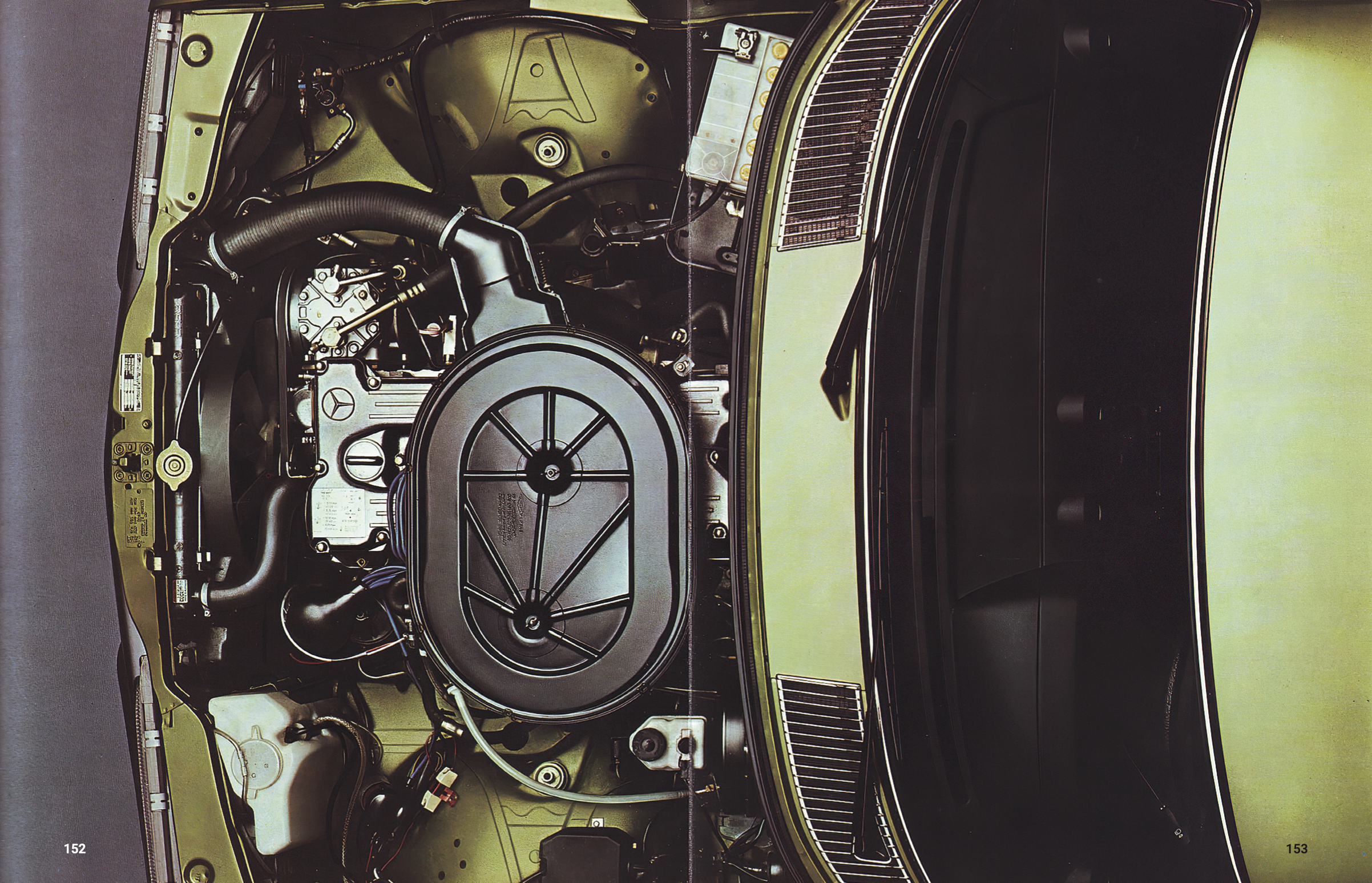
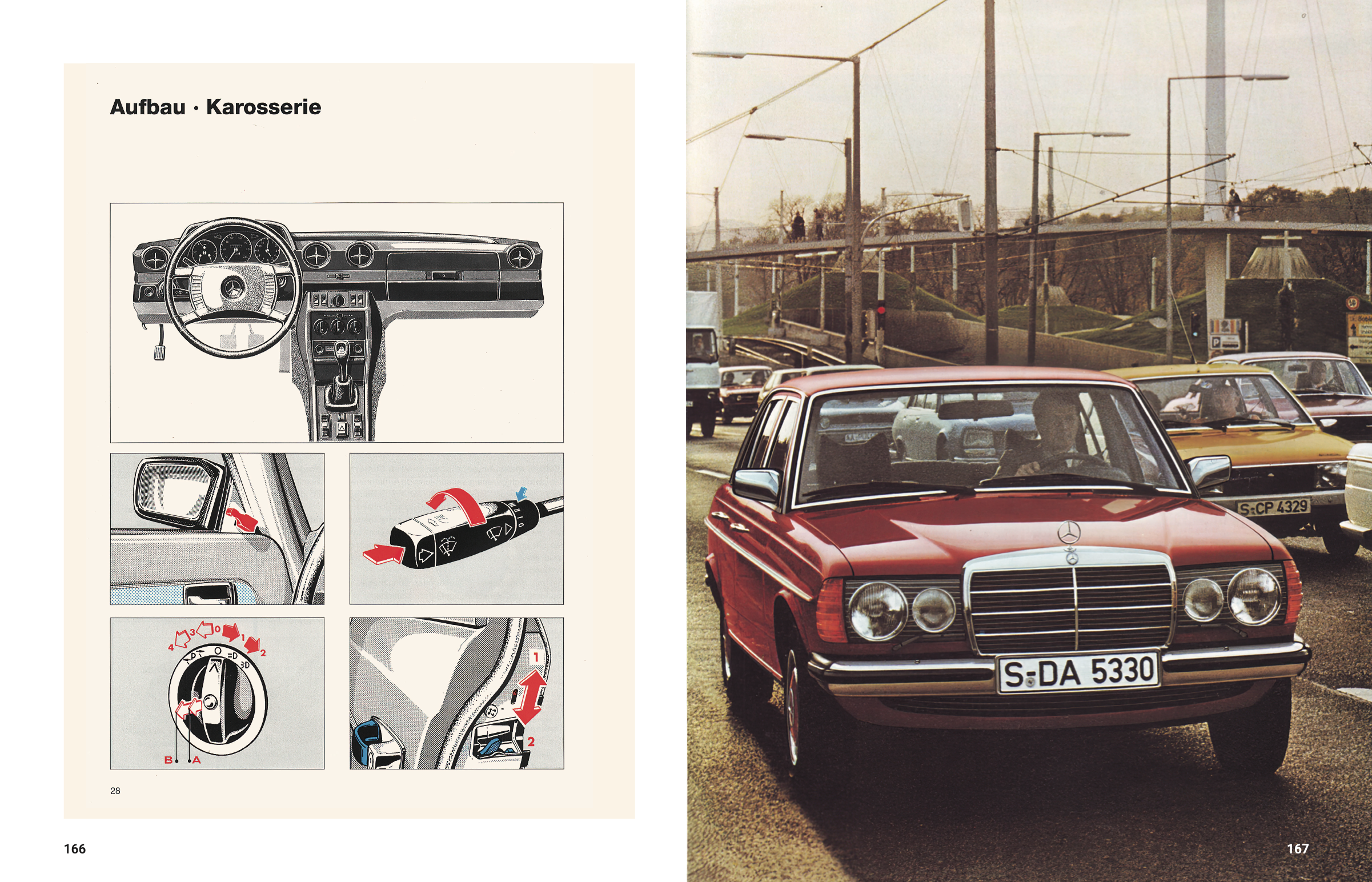

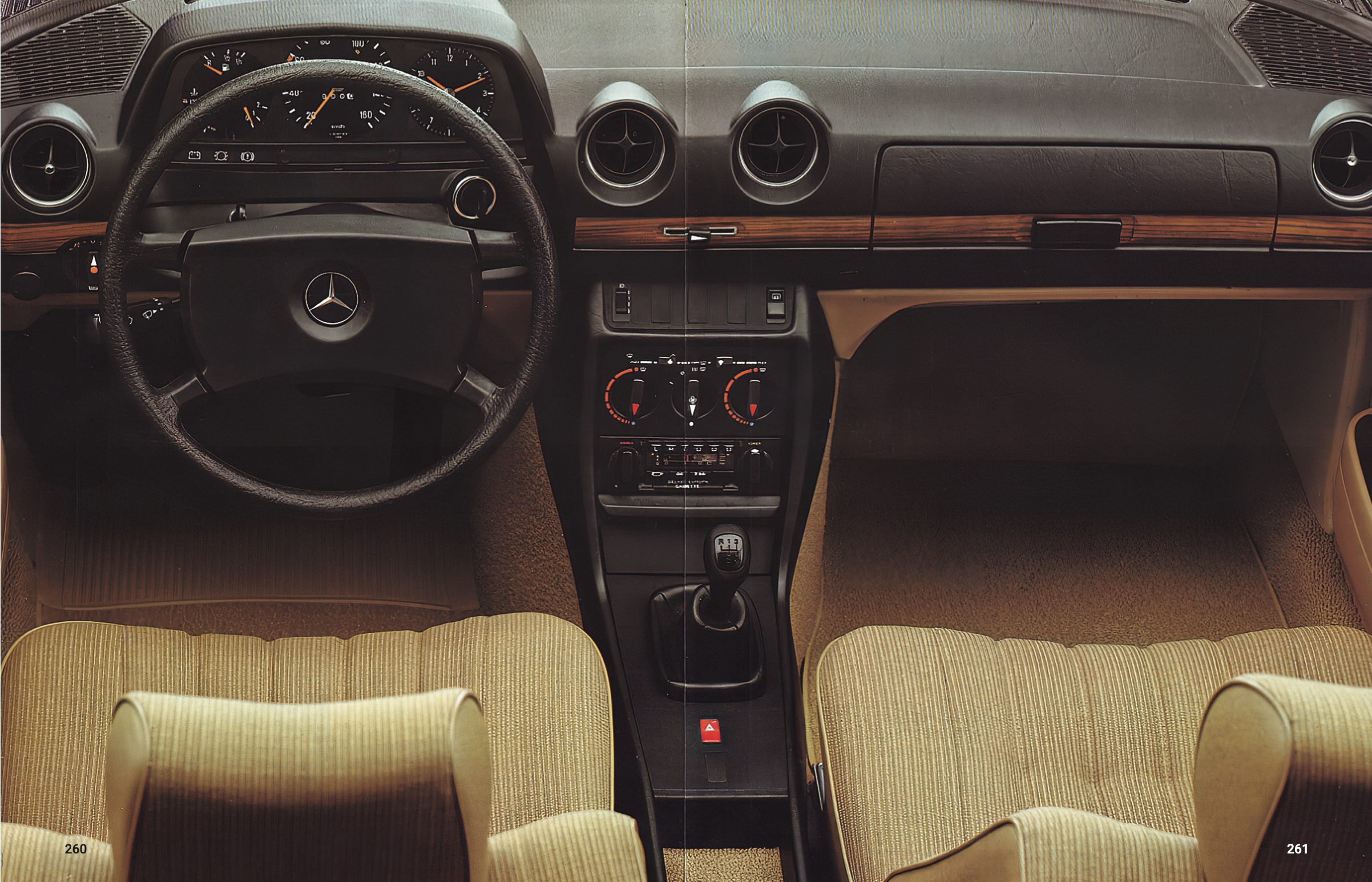
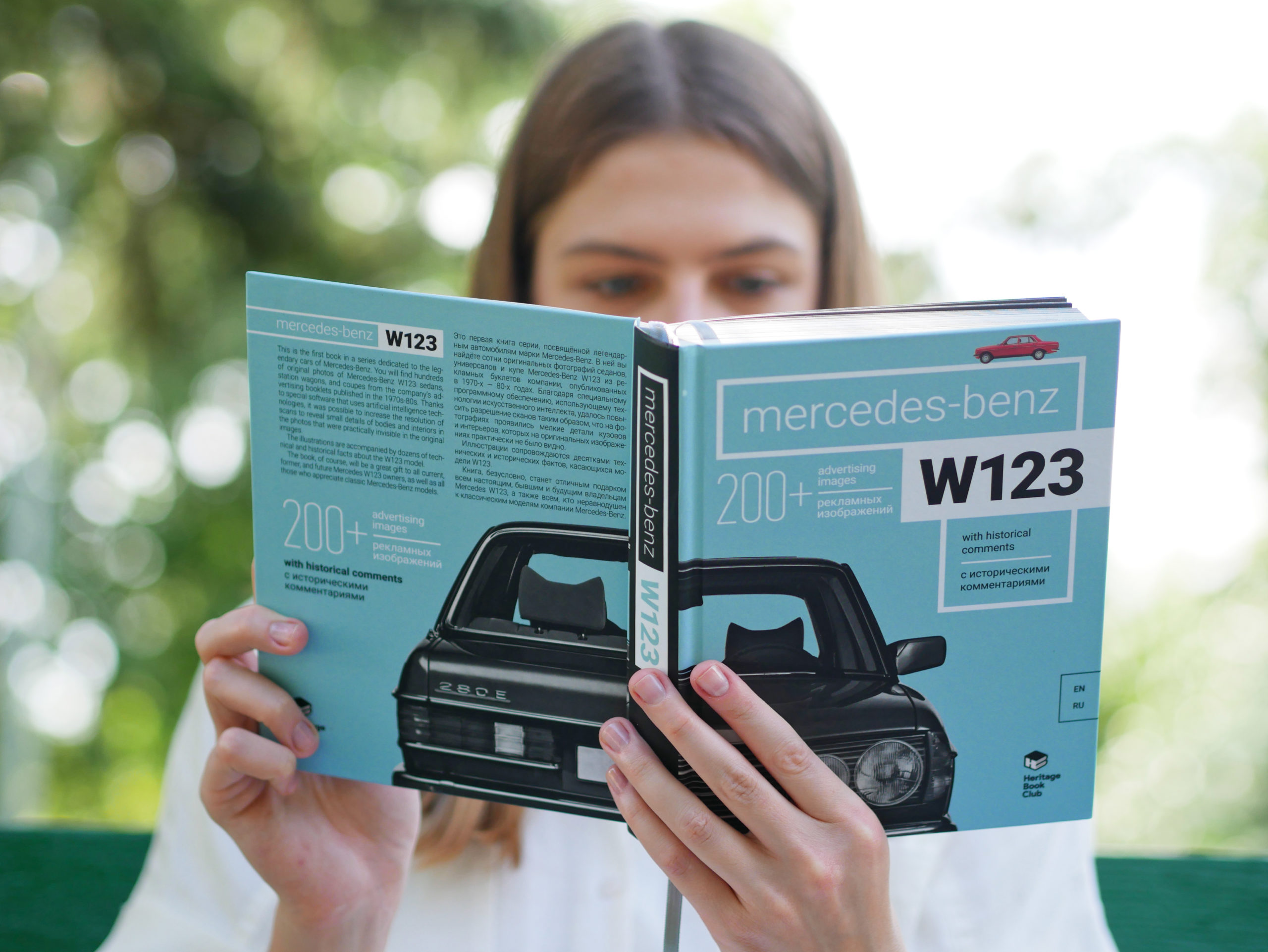



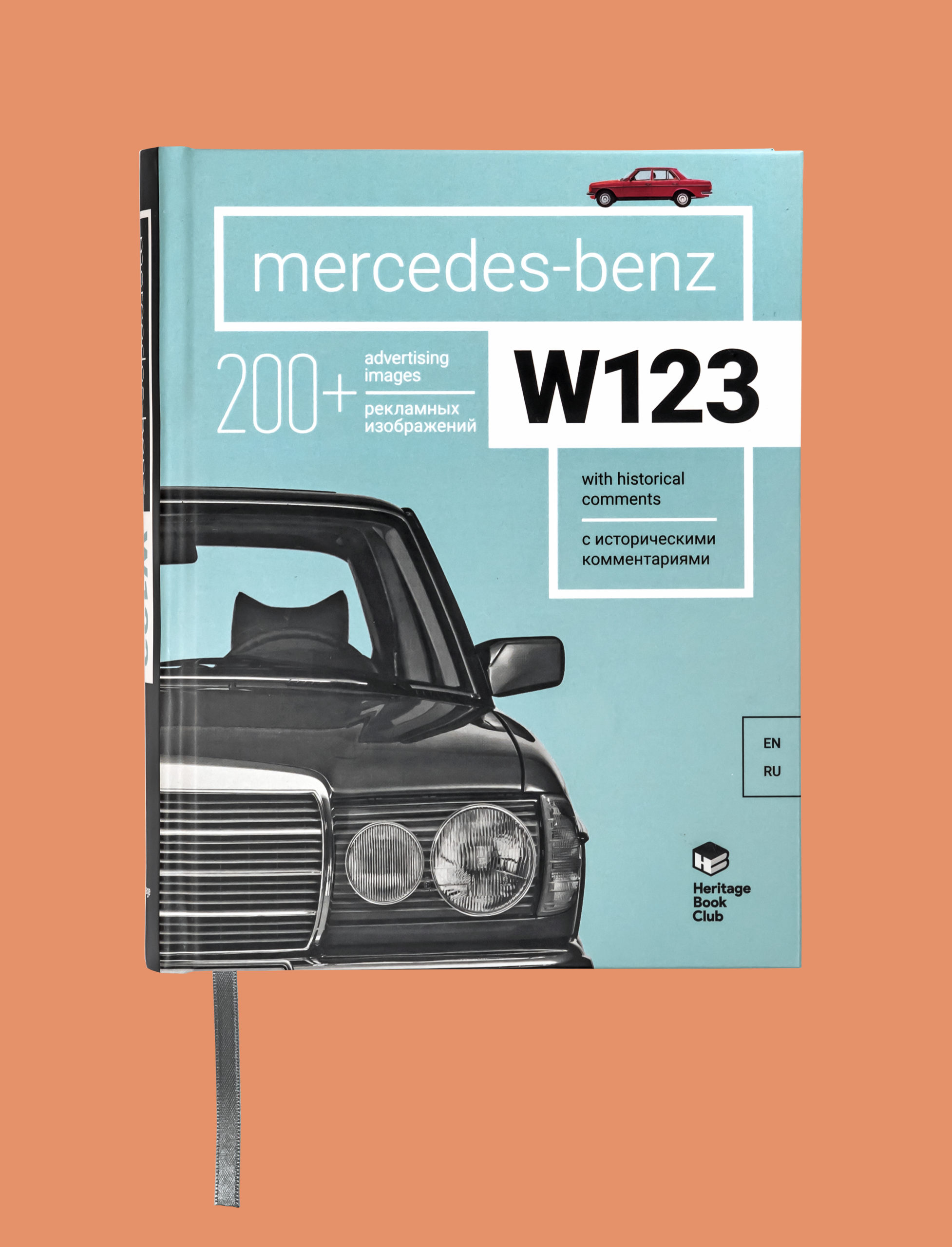


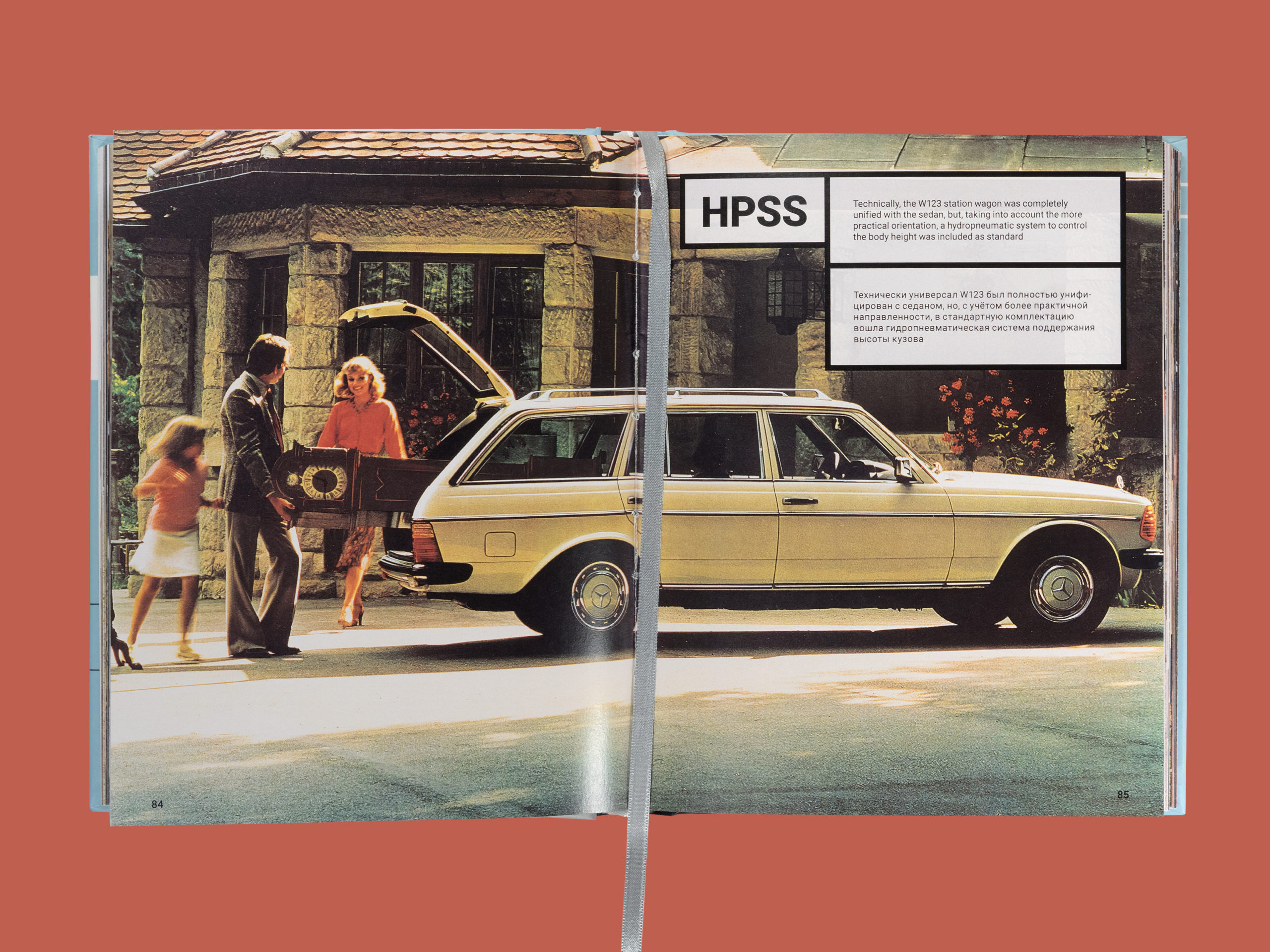
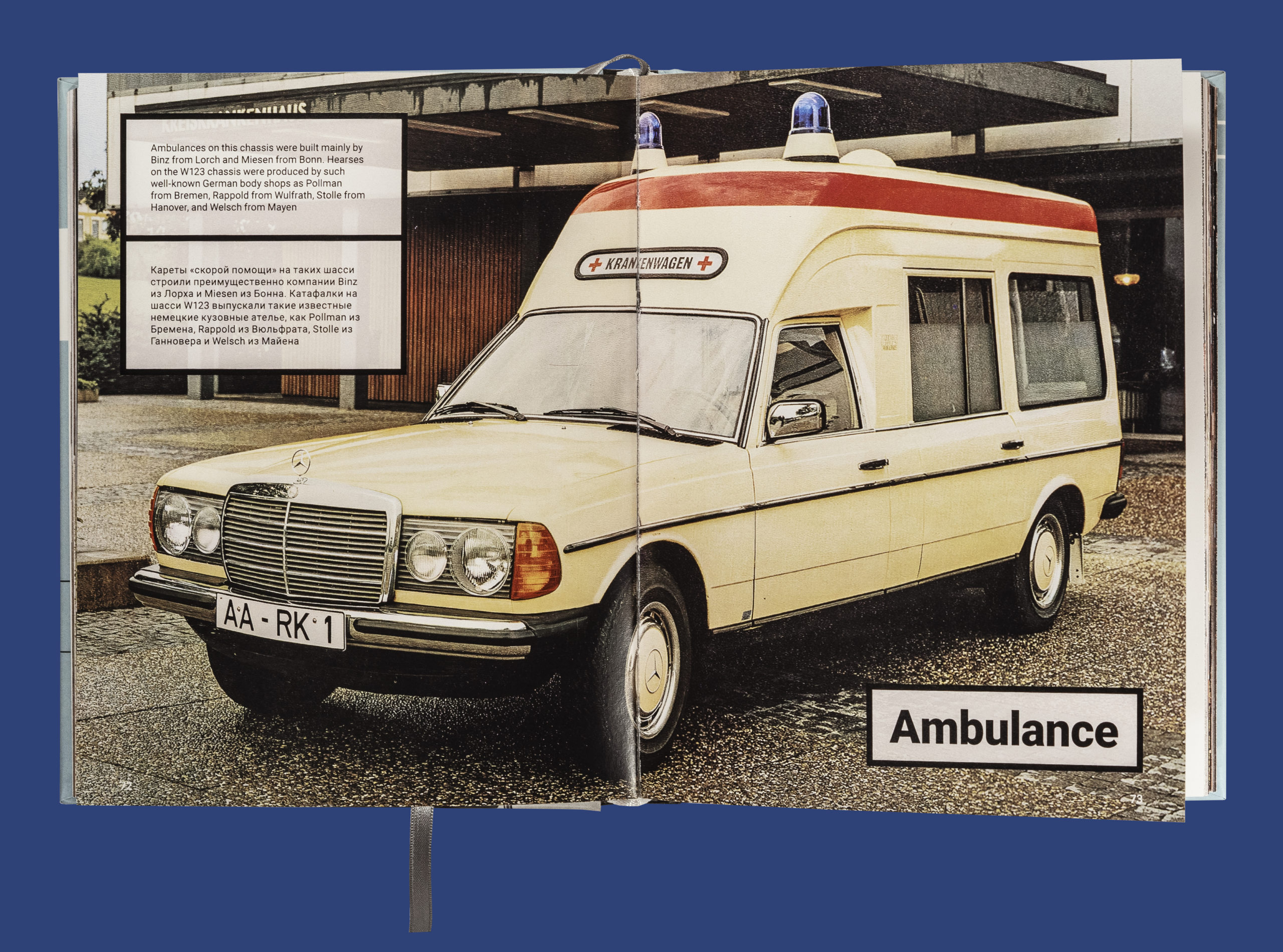
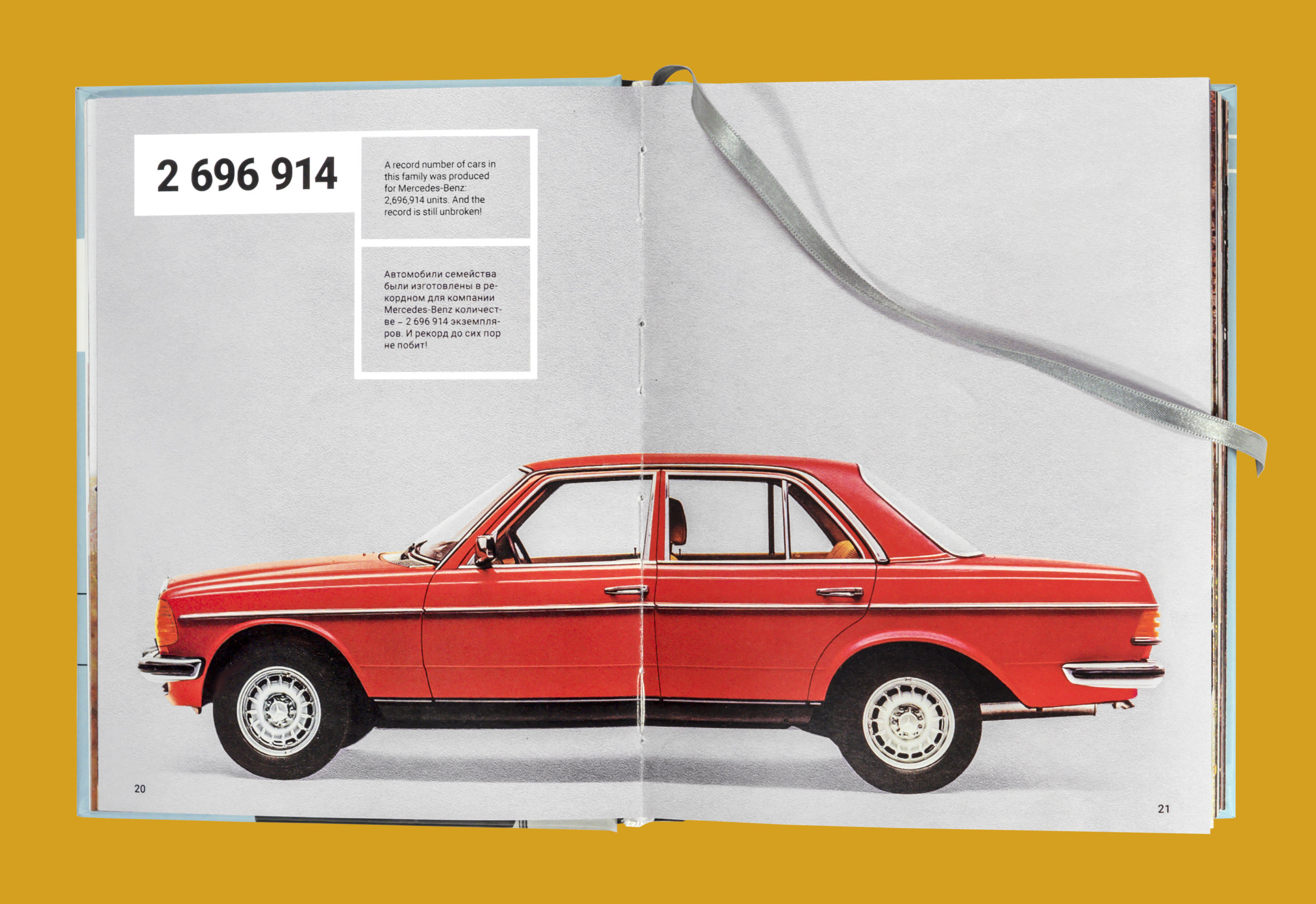

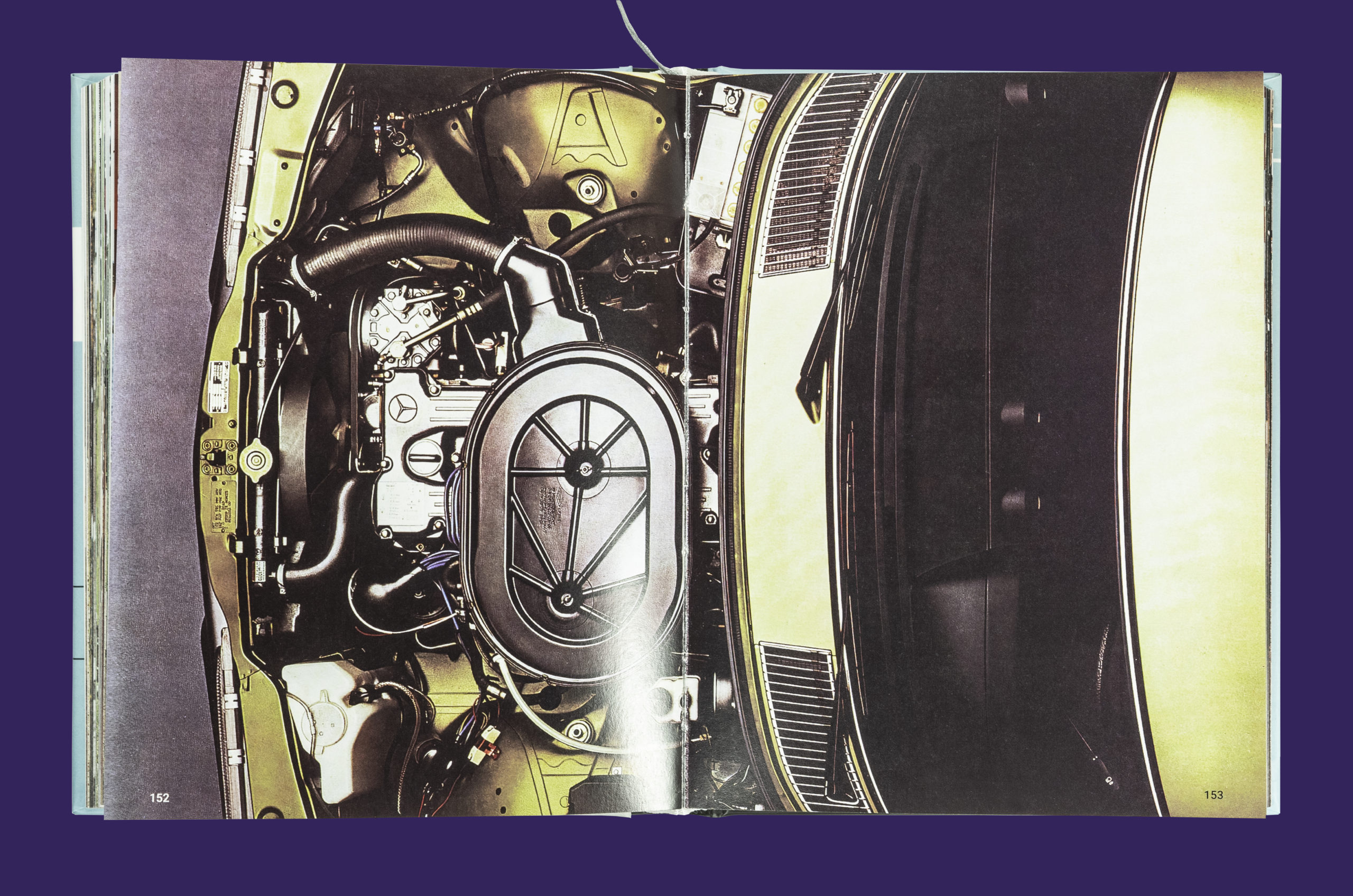
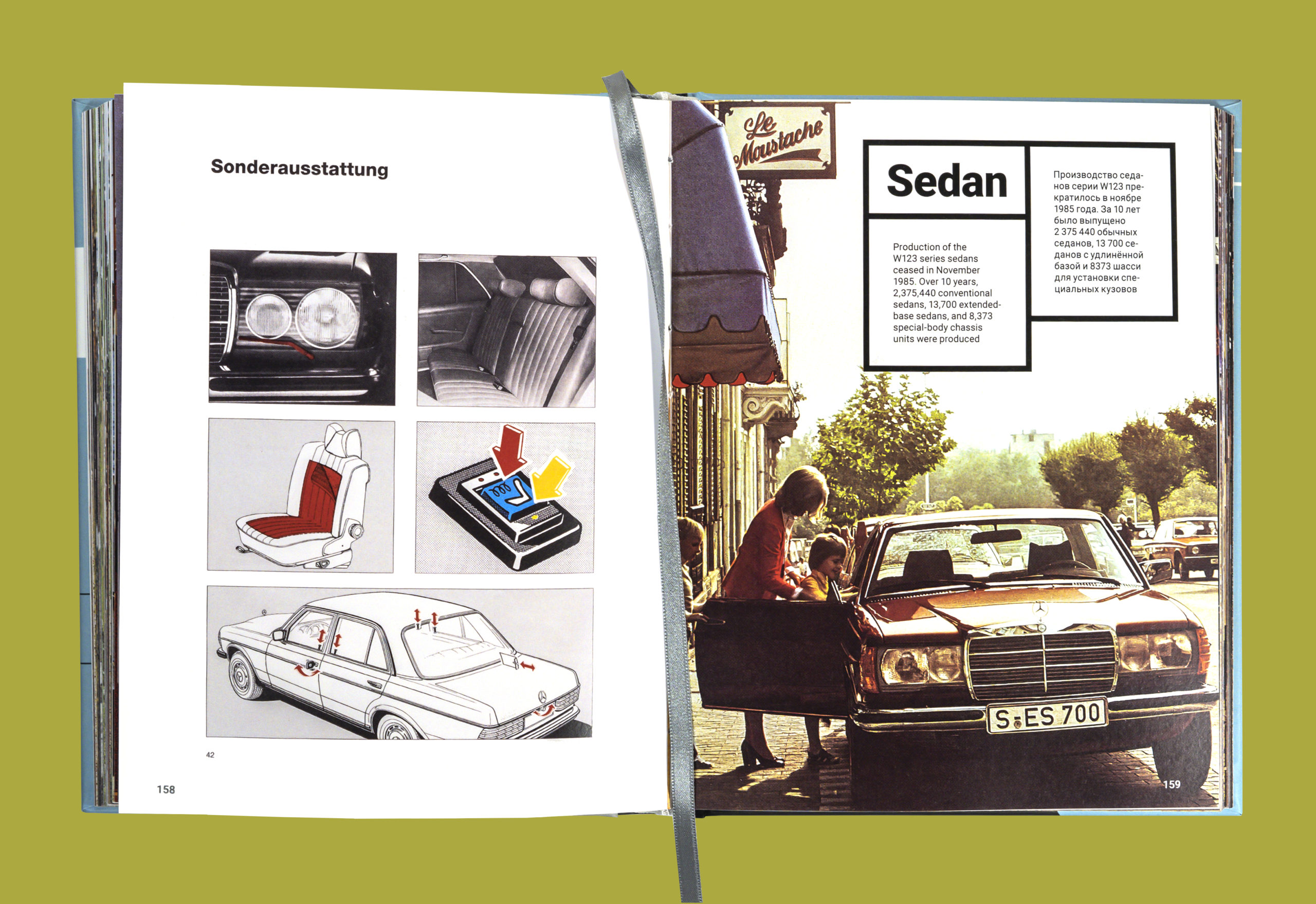
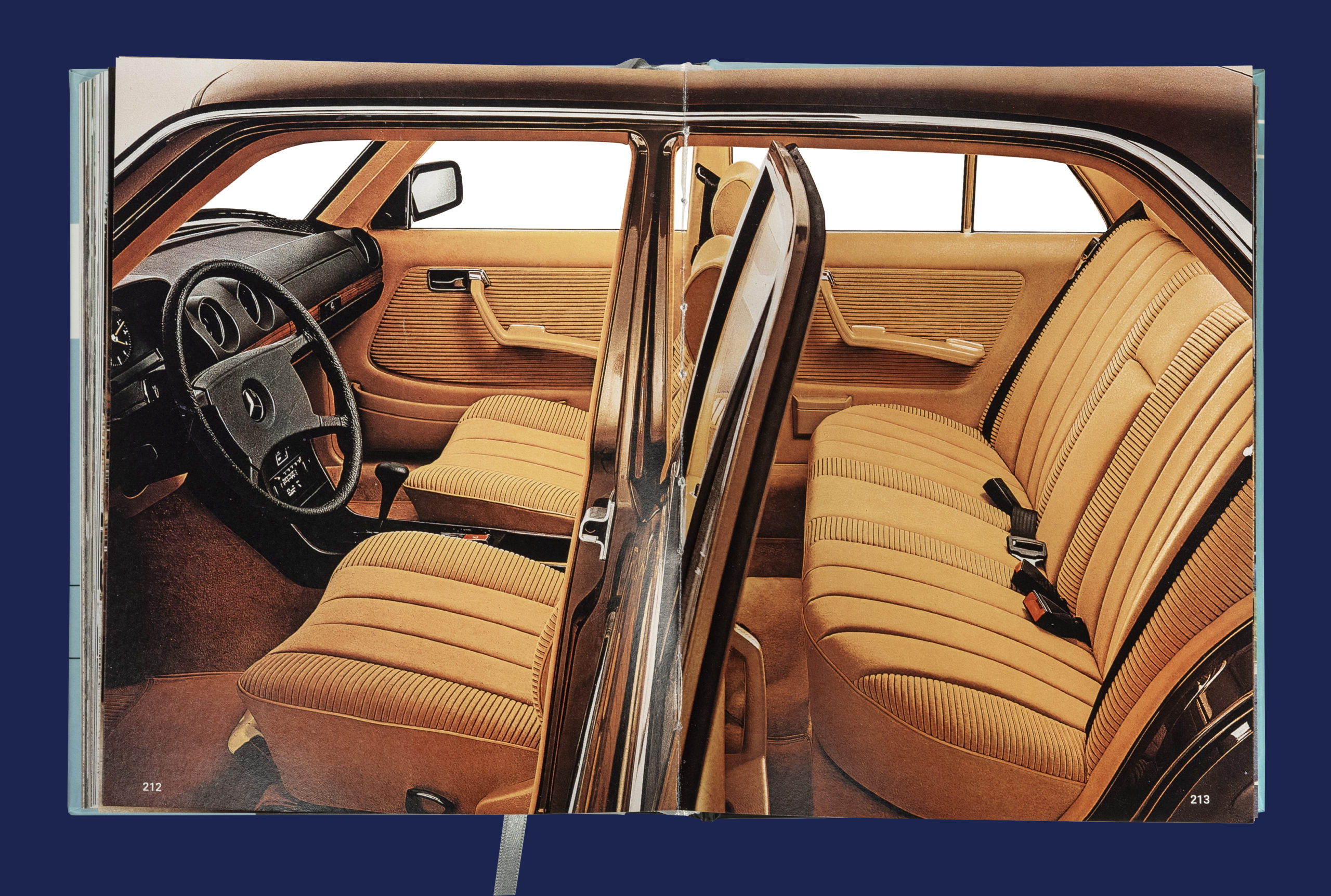











Reviews
There are no reviews yet.